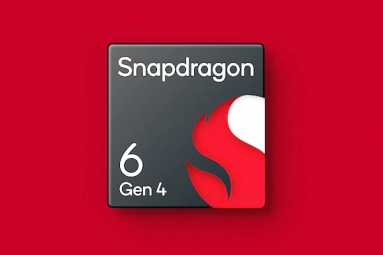
(Image source from: Twitter.com/ISAS_JAXA_EN)
Japan’s space agency, JAXA, has reported a remarkable development regarding Japan's first moon lander, the Smart Lander for Investigating Moon (SLIM). Despite not being designed to endure the extreme conditions of a lunar night, the probe responded to a signal from Earth, indicating its survival through a second weeks-long freezing night on the moon. This unexpected communication has been dubbed a "miracle" by JAXA, given the inhospitable temperatures that can plummet to minus 170 degrees Celsius during the lunar night.
SLIM achieved a precise touchdown on January 20, marking Japan's successful entry as the fifth country to land a probe on the moon. However, the initial landing orientation resulted in the craft being upside down, rendering its solar panels unable to capture sunlight and forcing a temporary shutdown. It wasn't until the eighth day post-landing that SLIM reactivated upon exposure to sunlight. During its operational period, SLIM gathered valuable geological data from moon rocks before entering another hibernation phase in anticipation of the subsequent lunar night.
The recent communication received on Sunday was brief due to the high temperature of SLIM, which was experiencing lunar midday conditions at around 100 degrees Celsius. JAXA is now gearing up to reestablish contact once the vehicle has sufficiently cooled down. One of the primary objectives of the mission is to analyze the mineral compositions of moon rocks and compare them with those found on Earth, with the aim of unraveling clues about the moon's origins. Overall, this successful communication with SLIM highlights the resilience and ingenuity of Japanese space exploration efforts, paving the way for valuable scientific discoveries in lunar research.







